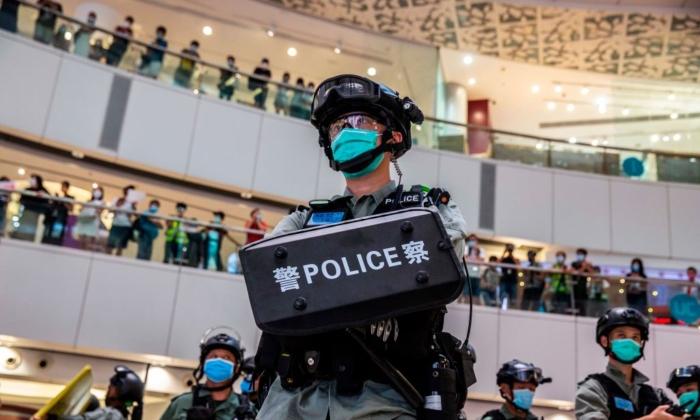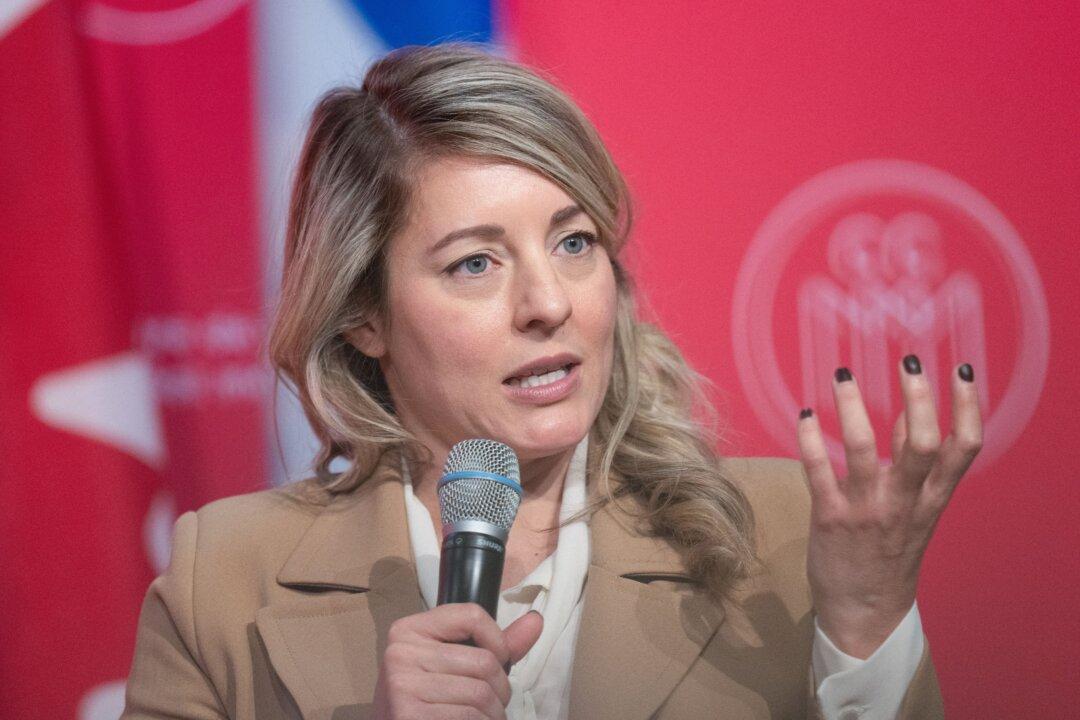Ontario will lift its mandatory masking requirements for most settings on March 21, says the province’s chief medical officer of health, as COVID-19 indicators continue to improve.
“With the peak of Omicron behind us, Ontario has been able to cautiously and gradually move through its reopening milestones,” he said.
“We are now learning to live with and manage COVID-19 for the long term. This necessitates a shift to a more balanced response to the pandemic.”
Moore said providing “continued improvements and trends” in the province, Ontario would remove its mandatory masking requirement for most settings on March 21, with the exception of certain settings such as public transit, health care settings, and long-term care homes.
He said the government will also work with the Ministry of Education to align measures in schools and childcare centres with those in the community.
As of March 21, schools and childcare providers will no longer be required to conduct on-site screening for all staff, children, and students, who are asked to instead perform self-screening before attending school or childcare each day. Cohorting and distancing requirements will also be eliminated in alignment with community masking requirements.
Masks will no longer be required of children, students, staff, or visitors at childcare facilities, schools, school board offices, and student transportation.
Moore said the government will continue to provide free masks and personal protective equipment for staff and students who choose to wear them in both school and childcare settings, in addition to 3.6 million rapid antigen tests made available to school boards and childcare settings every two weeks.
Other changes in public health measures include updating the isolation recommendations for household members and close contacts of individuals who test positive for COVID-19 or have symptoms of COVID-19.
Previously, Ontarians in the same household as someone who was sick or had tested positive had to quarantine at home as well. With these new changes, household members do not have to stay at home if they are 18 years or older and have already received their booster dose, or if they are 18 years of age and under and are fully vaccinated.
These household members will still need to wear a mask outside of the house and avoid contact with vulnerable people in high-risk settings like long-term care homes for 10 days. But they can continue to go to work or school as long as they’re asymptomatic.
On March 1, Ontario lifted the capacity limits for all indoor public settings and revoked the mandatory COVID-19 vaccination requirements for the Ontario Public Service and post-secondary institutions.
Moore said a process is also “underway” to gradually revoke all pandemic-related directives by the end of April.
He continued to recommend wearing masks for those who are more vulnerable, adding that the removal of the mask mandate does not mean the risks are gone and that cases and hospitalizations may increase along with the increase in public interactions.
“We should all be prepared that we may need to resume mask-wearing if a new variant of concern emerges, or potentially during the winter months when COVID and other respiratory viruses are likely to circulate again,” Moore said.
The press conference on March 9 marks Moore’s last scheduled weekly COVID-19 update.
“The lifting of public health and workplace safety measures and the end of weekly updates does not signal that COVID-19 has disappeared or that the pandemic is over,” he said. “What it means is that we have come to a place where we know what we need to do to manage this virus and keep each other safe.”





